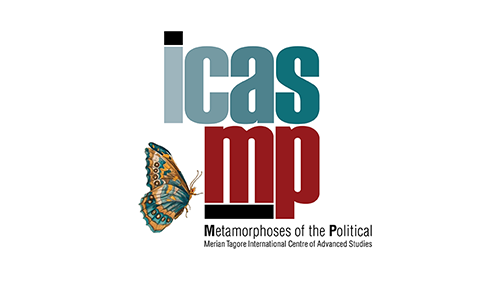Science communication that fits the project
Science communication is essential to ensure that research results reach those who affect them. It strengthens the understanding of science - its methods, findings and limits - in society and politics. It has long been established in the science system, is itself a research field and an equal part of the Federal Ministry of Research, Technology and Space (BMFTR) project funding.
As an element of the research project, science communication must fit the project and contribute to its goals. Here you can read how this works and what diverse communication formats are used in the humanities and social sciences.
Transfer that creates added value
What does successful transfer mean and how can knowledge transfer between the different areas be strengthened? Especially when practice partners are involved in research projects, the dialogue between science and society plays an important role. Many projects in the humanities and social sciences also take up questions from practice and present their research results in politics and society for discussion.
Practical knowledge exchange
With the new area "Science Communication and Transfer", the two topics are given the space they deserve on the GSW portal. One focus is on practical examples from the humanities and social sciences, which offer suggestions for successful science communication and transfer measures.









